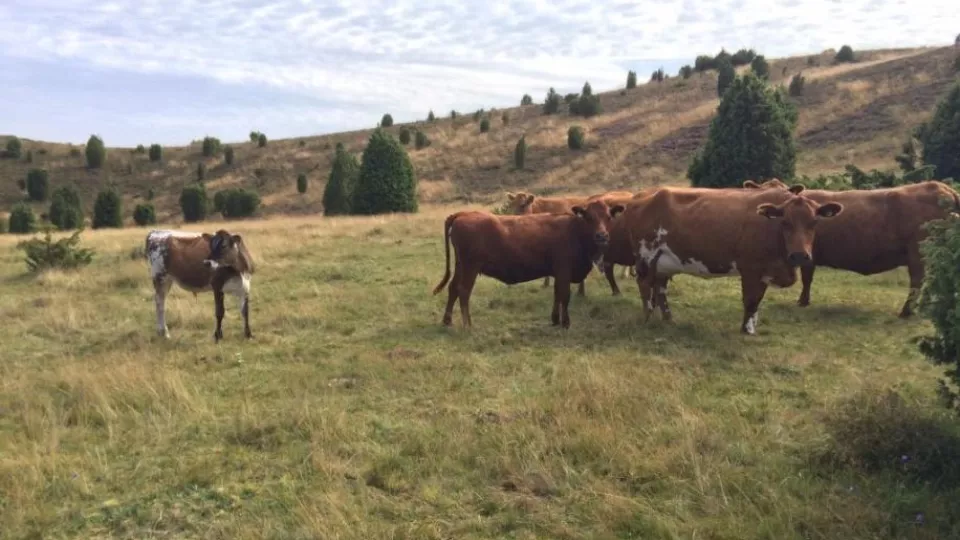Natural grazing land is a central part of the Swedish cultural landscape and important for biodiversity. Grazing and the “disruptions” caused by animals over many years have created unique conservation value.
However, in today’s modern agriculture old-fashioned grazing land is not needed in the same way. This means that the proportion of natural grazing land is constantly decreasing.
“We wanted to examine why natural grazing land is continuing to disappear, or lose conservation value, even though it is possible to apply for compensation to farm it. Above all, we wanted to investigate whether this depends on a lack of grazing animals, which has been pointed out as a possible explanation by the Swedish Board of Agriculture,” says Mark Brady, an economist working at the AgriFood Economics Centre and the Centre for Environmental and Climate Research (CEC) in Lund and one of the researchers behind the report.
Financial conditions need to be improved
The researchers at AgriFood and CEC have therefore examined the balance between grazing animals and natural grazing land at the farm level. And the results are clear – there is no lack of cattle in Sweden for natural grazing land. The only exception is a few places in the north of Gotland and in the inland area of Norrland.
“This shows that more grazing animals does not solve the problem. For the use of natural grazing lands to increase, the financial conditions need to be more favourable. The most likely explanation is that farmers currently decide against natural grazing due to the high costs,” says Cecilia Larsson, economist and principal author of the report.
The researchers therefore consider that better structured support for operating natural grazing is needed – not higher compensation for keeping livestock.
